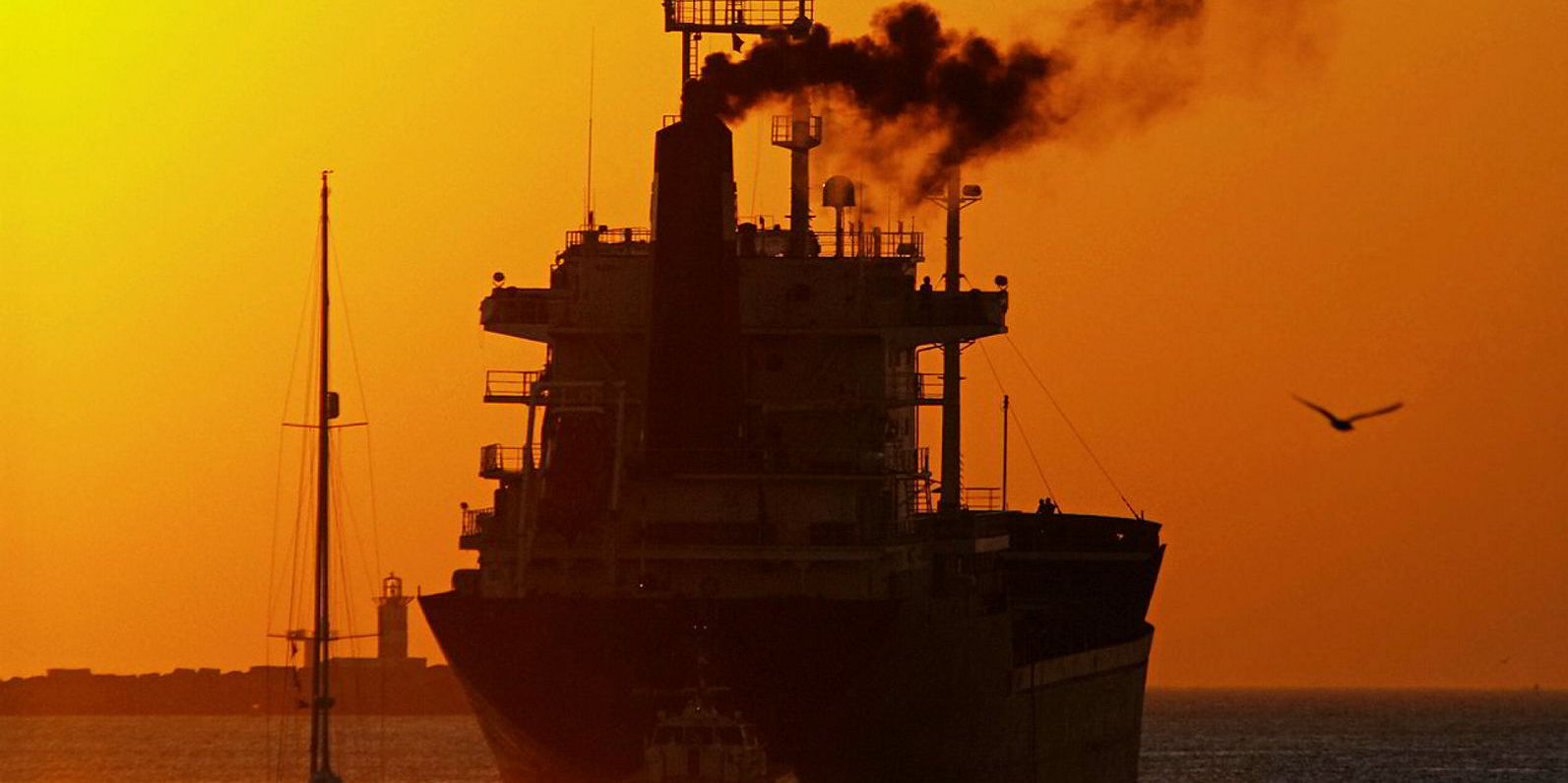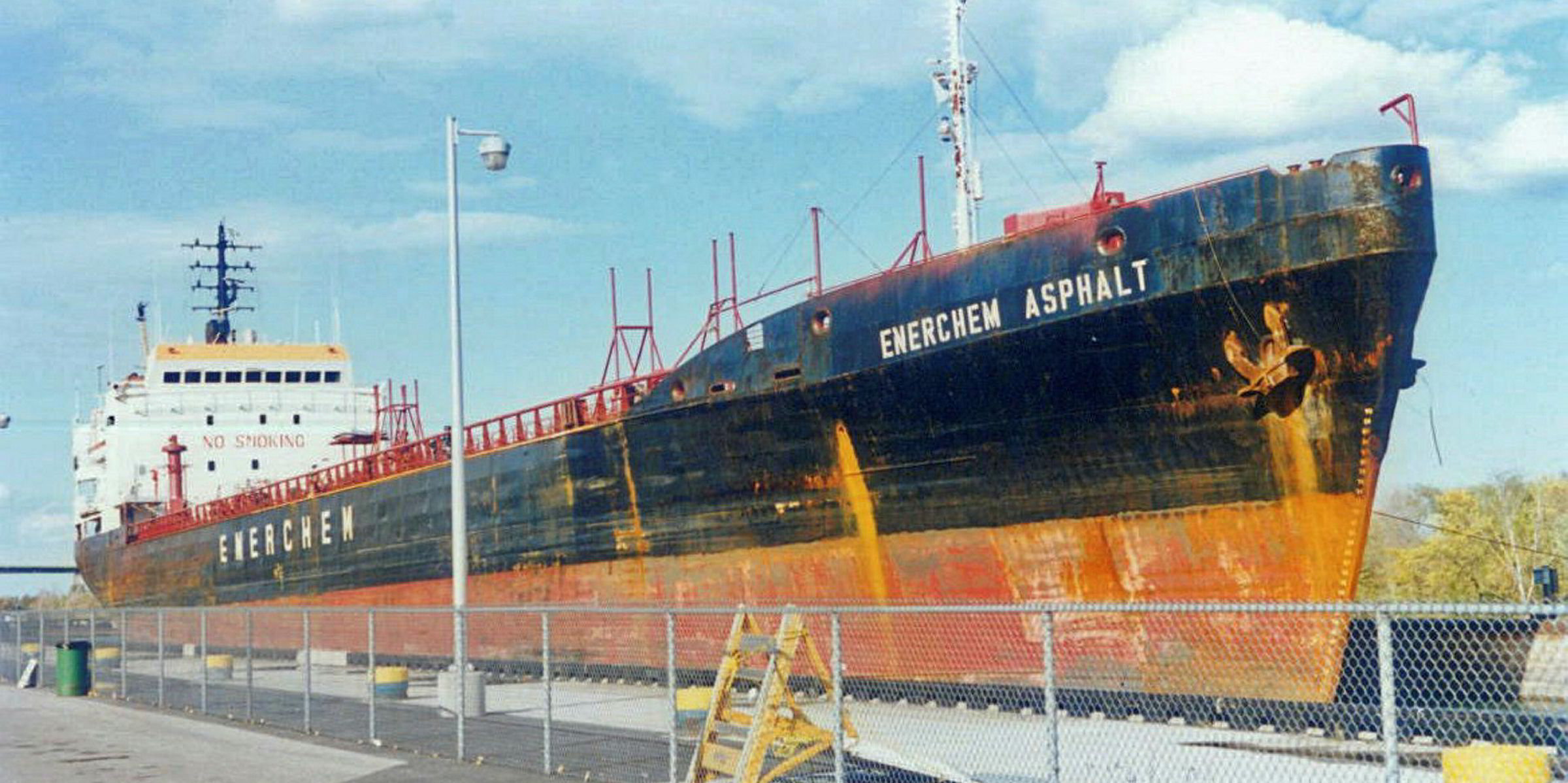Anil Sharma expects a pick-up in recycling activity during the fourth quarter of this year and a potentially busy two or three years ahead.
Currently, the market is depressed with prices continuing to slide.
Sharma, the chief executive of major demolition cash buyer GMS, says the pending sulphur emissions cap has so far had little impact on the number of ships scrapped.
But longer term, cleaner fuels could shorten the life of an engine because of lower lubricating capacity, according to the technical managers he has spoken to.
The price spread between compliant and non-compliant fuels will also be a scrapping demand factor, as well as freight market performance.
Money moves
One reason fewer ships are currently being torched is because most are generating at least some money, says Sharma.
Driving an upturn in recycling demand could, following the Stellar Daisy casualty, be many more VLOCs, which were converted from VLCCs.
“The Koreans have a lot of these old VLOCs,” says Sharma. “That is a relatively easy call to make.”
Some older LNG carriers and other tankers, including VLCCs, are also candidates for scrapping, says Sharma, pointing to Bahri’s recent sale of two 300,000-dwt vessels, the Watban and Hawtah (both built 1996).

The upcoming two quarters could prove to be a “watershed” for recycling, he says.
Questioned about the ongoing fall in demolition prices, Sharma says the reasons differ across the Indian subcontinent.
In India, it is primarily the price of steel plate that has tumbled, by about 12%.
Pakistan has seen its currency depreciate by almost 18%, although that market has not been very active anyway.
Meanwhile, Bangladesh acquired a lot of tonnage prior to the recent budget and has since been quiet as the monsoon season affected activity.
The shipbreakers’ association is lobbying the finance ministry to repeal higher taxes announced in the latest budget.
"The collective result is that prices have fallen by almost 15% in the Indian subcontinent within a period of two months,” says Sharma.





